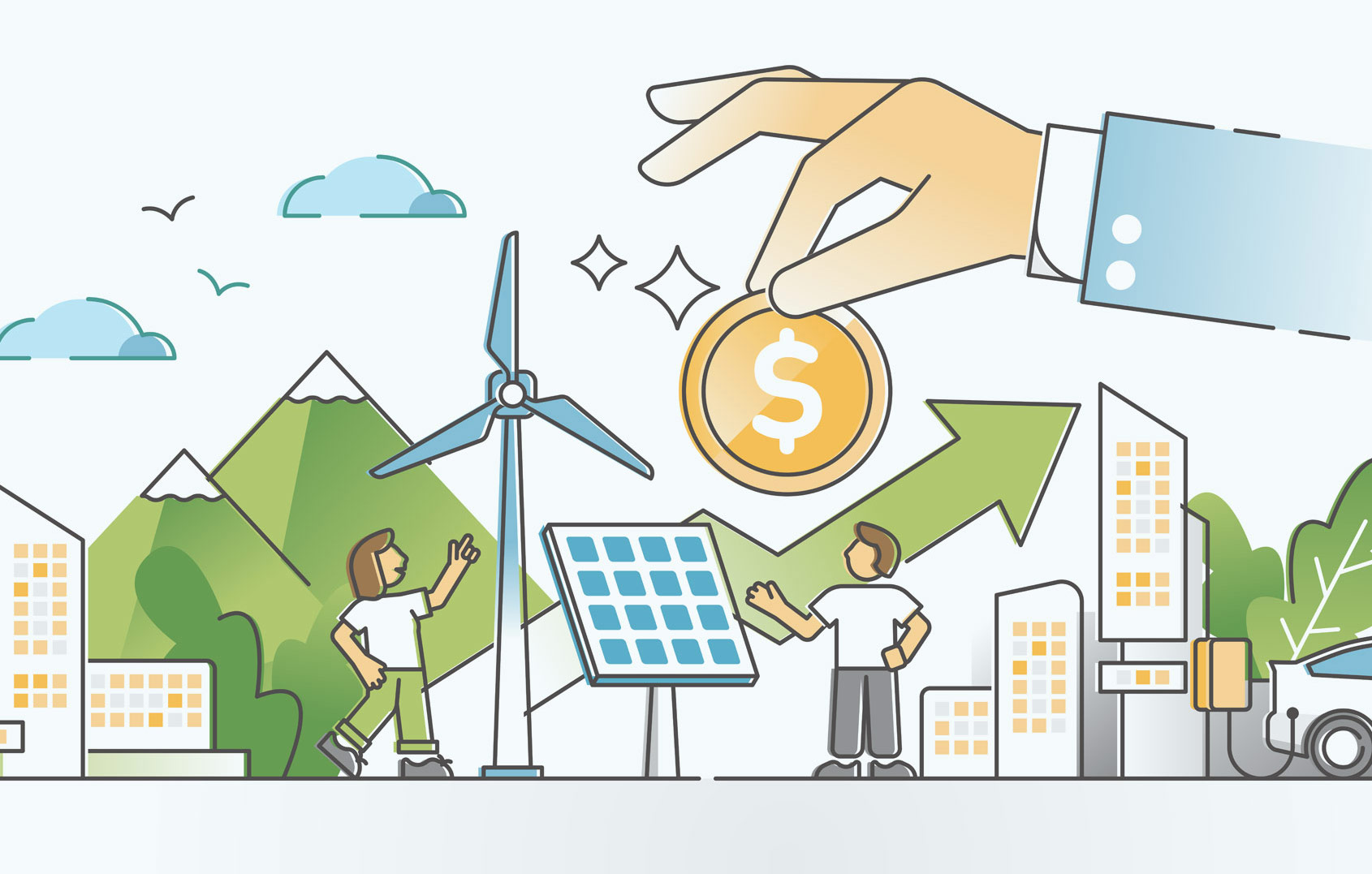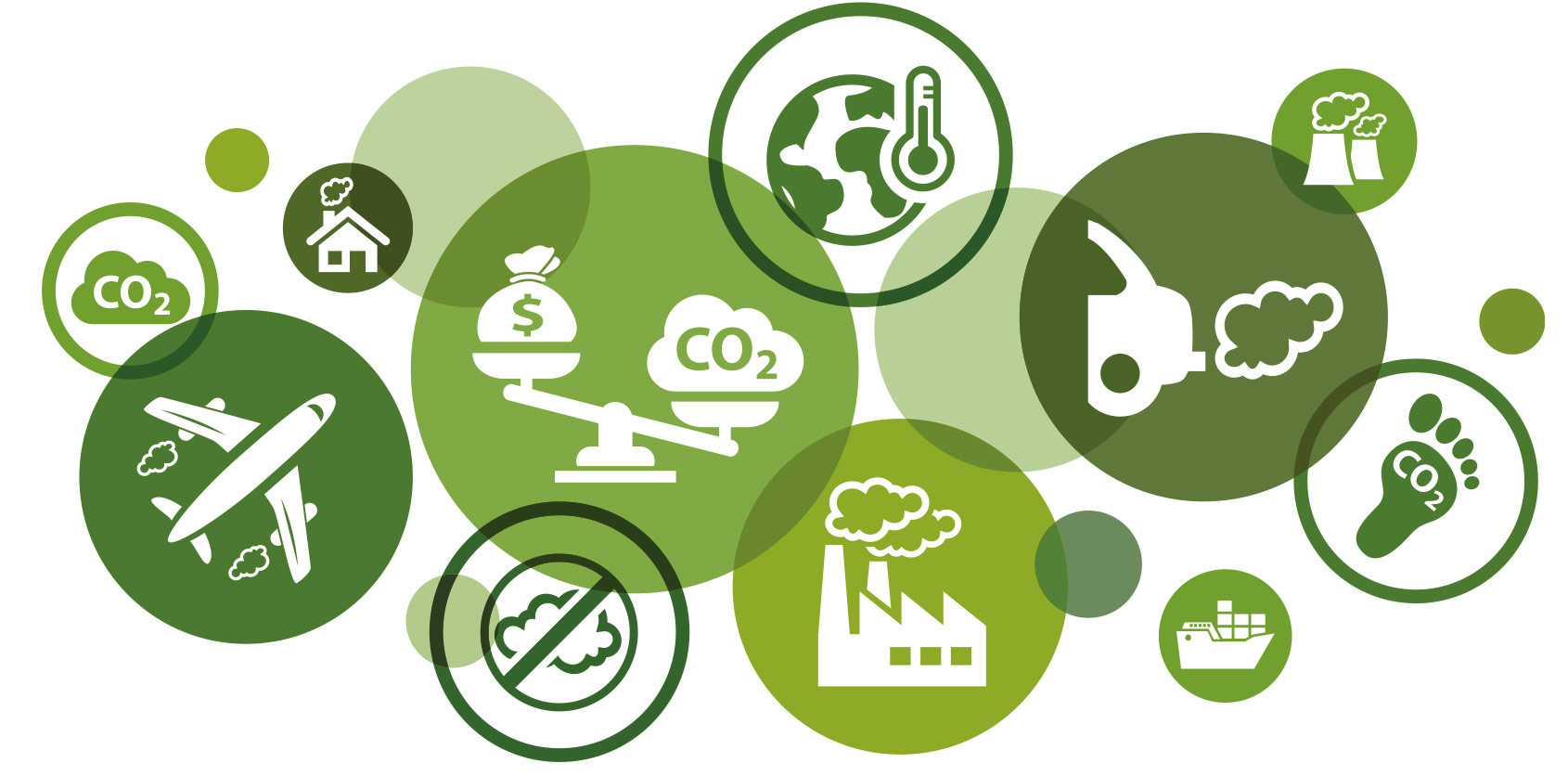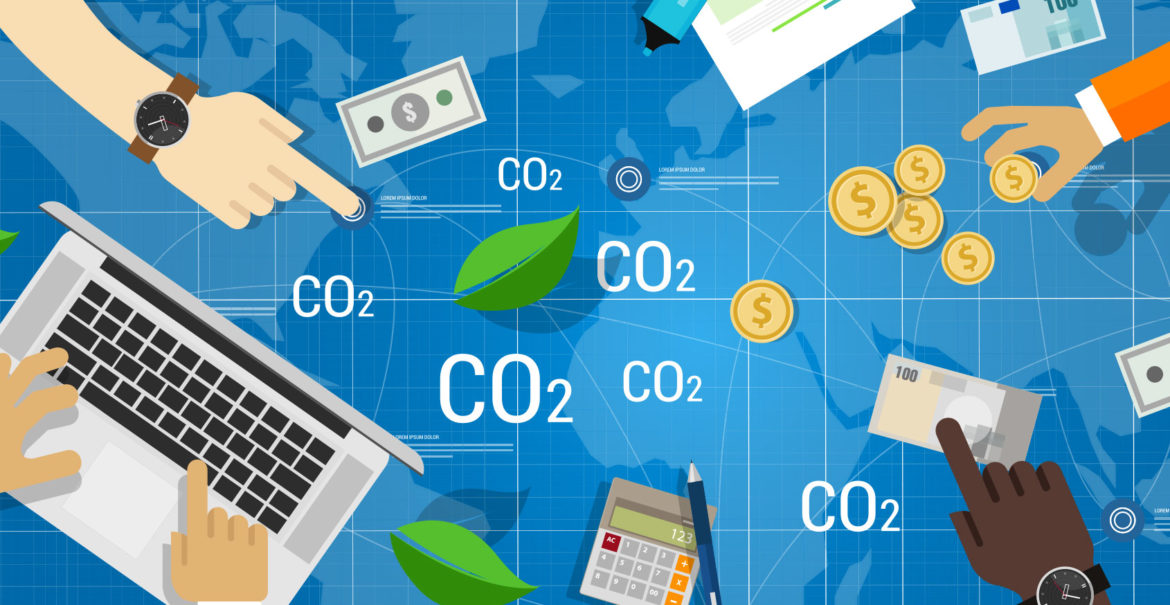China is the largestCO2 emitter in the world, accounting for 20% of the world’s total CO2 emissions. In response to the COVID-19 pandemic, China plans to achieve economic recovery and high-quality growth through its green development.
In late 2020, President Xi Jinping pledged to peak China’s emissions before 2030 and achieve net-zero by 2060. In this context, the Chinese national Emission Trading System (ETS) became operational in 2021 as the world’s largest system, covering more than four billion tCO2 (approximately 40% of national carbon emissions).
The system operates as an intensity-based ETS and covers the power sector, with other sectors expected to be introduced later. The national registry and trading platform are currently being developed, and details of key design elements, such as monitoring, reporting, and verifying (MRV), are being finalised.
With the overarching regulation for the national ETS and rules for registry, companies in China that are able to reduce the carbon intensity of their production can generate a surplus of allowances to sell. Since the official start of trading under the national ETS in July 2021, the average listing price is 41–61 yuan per tonne, equivalent to €5.70–8.48 per tonne (€/t). This is a fraction of prices in the EU, which are currently above €80/t.

The biggest difference between the ETS in China and the EU is that China lacks a cap-and-trade system, according to Renato Roldao, a vice-president with international consultancy ICF. China currently applies a bottom-up approach, allocating all the covered companies by their emission allowances free of charge. This allocation is based on a national benchmarking method, whereby the average carbon intensity of key sectors and products is calculated and compared with that of individual emitters. Each emitter will be allocated allowances equal to its verified emissions.
In addition, analysts have also pointed out that China’s ETS takes a different approach to the emissions MRV compared with other markets. While third-party auditors are tasked with verifying emissions in the EU, China’s Ministry of Ecology and Environment authorises provincial government ecology and environment bureaus to undertake desk reviews of emissions reports submitted by companies. Although third-party verification is required on those companies with questionable data in China, there are still concerns over possible issues around conflicts of interest as most emitters are state-owned.

China’s ETS just became the world’s 64th carbon pricing mechanism when it launched in February 2021 . Although it’s already the world’s largest carbon market, three times bigger than the EU’s, it’s still in its infancy as the scheme only includes power plants and their relevant industries in the market so far. In the coming year, China’s ETS is expected to further expand and allow companies from diverse sectors to be part of the market. In addition, overseas investors are also expected to gain access to the trading in Chinese emissions in the future.
Luyue Tan, a carbon analyst at Refinitiv estimated that 2022 will be a year of progress towards China’s dual carbon targets. The Chinese authorities are working on a State Council Law in order to give the ETS a stronger legal framework. They also plan to improve the MRV system, allow the introduction of carbon financial products in addition to existing spot trades, and move towards setting an absolute cap. Furthermore, the “dual control” of energy consumption and energy intensity may change to the “dual control” of total carbon emissions and carbon intensity, which will have a profound impact on local governments, local economies, and enterprises, and accelerate the green transformation of multiple industries.
Compared to frontrunners such as EU ETS, China’s newly launched ETS is still faced with issues, including the lack of a holistic cap-and-trade system and concerns over the objectivity of its MRV. Nonetheless, with developing regulations, China’s carbon market is ready to play a role in both sustainable development and environmental finance.




